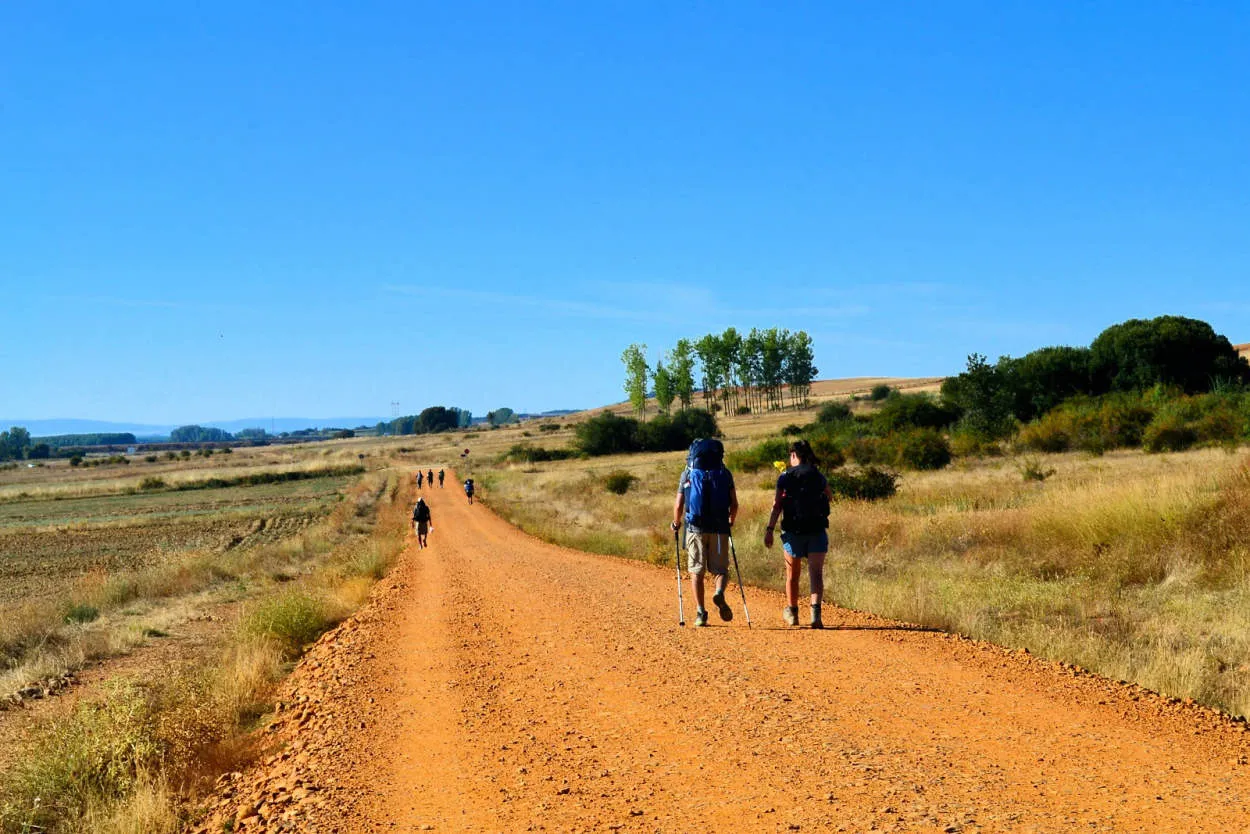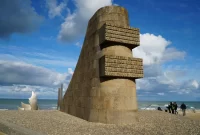Embark on a transformative journey along the French Camino de Santiago, a pilgrimage renowned for its profound self-reflection. Traverse picturesque landscapes, immerse yourself in rich history, and connect with fellow travelers as you embark on this spiritual odyssey. Join us as we explore the incredible experiences that await pilgrims along this sacred path.
Overview of the Camino de Santiago Pilgrimage
The Camino de Santiago, also known as the Way of St. James, is a famous pilgrimage route in northern Spain. This ancient pilgrimage has been attracting thousands of pilgrims from all over the world for centuries.
The French Camino de Santiago is one of the most popular and well-known routes of this pilgrimage. Starting in St. Jean Pied de Port, France, it spans approximately 800 kilometers and ends in Santiago de Compostela, Spain.
This pilgrimage offers a unique opportunity for individuals to embark on a journey of reflection, spirituality, and personal growth. Along the way, pilgrims traverse diverse landscapes, including stunning mountains, charming villages, and picturesque countryside.
The French Camino de Santiago is not just a physical challenge but also a mental and emotional one. It provides pilgrims with a chance to disconnect from their daily routines and connect with nature, themselves, and fellow pilgrims.
Throughout the journey, pilgrims encounter various religious and historical landmarks, such as medieval churches, monasteries, and iconic bridges. These sites carry immense cultural significance and add depth to the pilgrimage experience.
Along the route, pilgrims have the opportunity to interact with locals, known as “hospitaleros,” who graciously offer their hospitality by providing food and shelter in pilgrim hostels, known as albergues.
The French Camino de Santiago is not only a physical and spiritual adventure but also a chance for self-discovery and introspection. It allows pilgrims to reflect on their lives, contemplate their purpose, and seek answers to questions that may have lingering within them.
Completing the French Camino de Santiago is a tremendous achievement and a transformative experience. It leaves pilgrims with a lasting sense of fulfillment, renewed perspective, and a deeper understanding of themselves.
Historical Significance and Spiritual Journey of the French Route
The French Route, also known as the Camino Frances, is a renowned pilgrimage route that leads to the sacred site of Santiago de Compostela in Spain. This historical route holds great significance as it has been followed by countless pilgrims for centuries.
Starting from Saint-Jean-Pied-de-Port in France, the French Route spans approximately 800 kilometers, passing through beautiful landscapes, charming towns, and ancient villages. Along the way, pilgrims encounter historical landmarks, churches, monasteries, and other religious sites that contribute to the rich tapestry of the pilgrimage.
One of the highlights of this route is the crossing of the Pyrenees, where pilgrims are exposed to breathtaking views and challenging terrains. This symbolic passage represents a personal and spiritual journey, reflecting the pilgrims’ determination and commitment to finding a deeper meaning in their lives.
Throughout history, the French Route has attracted pilgrims from different backgrounds and cultures, creating a sense of unity and camaraderie among them. Along the route, pilgrims form bonds, share stories, and support each other, fostering a community driven by a common goal of self-discovery and spiritual enlightenment.
The French Route is not only a physical journey but also a spiritual one. Pilgrims often undertake this pilgrimage seeking personal transformation, spiritual growth, and a connection to something greater than themselves. Walking the French Route provides a unique opportunity for introspection, contemplation, and self-reflection.
As pilgrims arrive at the final destination of Santiago de Compostela, they experience a profound sense of achievement and fulfillment. The spiritual journey they embarked upon has not only connected them to the history and culture of the route but has also deepened their understanding of themselves and their place in the world.
Cultural Highlights and Unique Experiences along the French Camino
The French Camino de Santiago, a pilgrimage of reflection, offers travelers a truly enriching and immersive experience. Along this journey, pilgrims not only encounter breathtaking landscapes but also explore the rich cultural highlights and unique experiences that await them. From historical sites to local traditions, here are some of the highlights along the French Camino:
1. Cathedral of Santiago de Compostela
A pivotal moment for pilgrims is reaching the final destination of the French Camino – the iconic Cathedral of Santiago de Compostela. This magnificent Romanesque structure holds immense spiritual significance and is the reputed burial site of Saint James the Greater.
2. Hilltop Towns and Villages
As pilgrims make their way through the various stages of the French Camino, they will encounter charming hilltop towns and picturesque villages. Places like Saint-Jean-Pied-de-Port, Roncesvalles, and Najac offer an authentic glimpse into rural French life, with their medieval architecture and cozy cobblestone streets.
3. Local Gastronomy
One cannot overlook the gastronomic delights encountered on the French Camino. Each region boasts its own unique flavors and specialties. From the hearty dishes of Basque cuisine to the delicate wines of Bordeaux, pilgrims are treated to a culinary journey that satisfies both the body and soul.
4. Pilgrim Traditions
Walking the French Camino means becoming part of a tradition that dates back centuries. Pilgrims have the opportunity to participate in rituals such as receiving the pilgrim’s passport, attending the Pilgrim Mass at Santiago de Compostela, and even joining in song and dance during the lively fiestas celebrated along the route.
In conclusion, embarking on the French Camino de Santiago not only offers pilgrims a chance for personal reflection and spiritual growth, but it also provides a unique opportunity to immerse oneself in the rich cultural heritage of the regions traversed. From remarkable landmarks to extraordinary traditions, the French Camino truly is a remarkable journey of discovery.
Conclusion
The French Camino de Santiago is not just a physical journey but also a spiritual one. It offers pilgrims a chance to reflect, find inner peace, and connect with something greater than themselves. Whether you embark on this pilgrimage for religious reasons or personal growth, the experience will undoubtedly be transformative.




